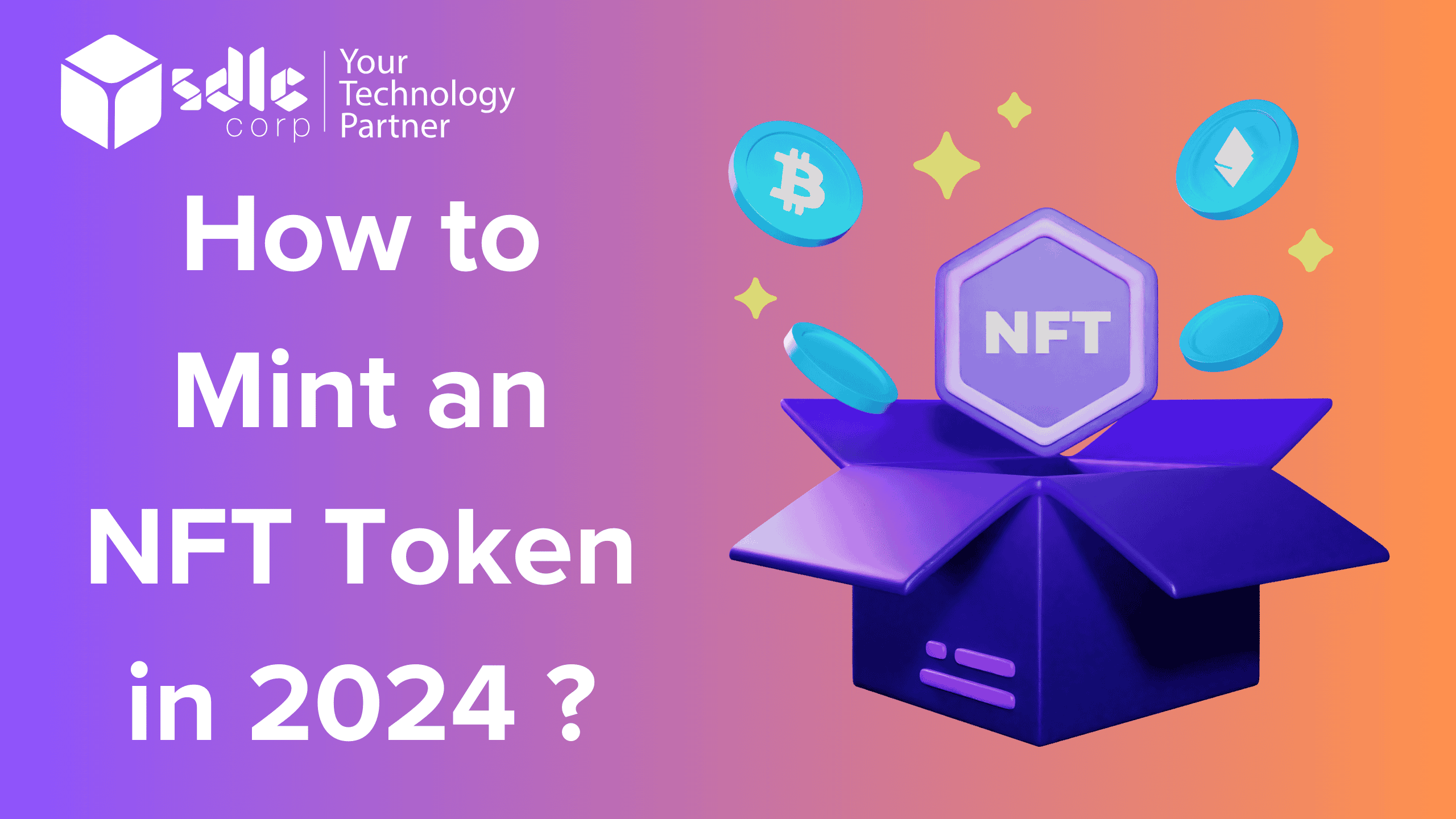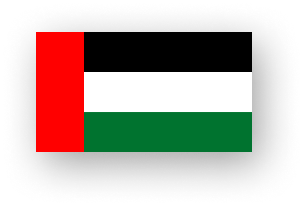Non-Fungible Tokens (NFTs) have revolutionized digital ownership, providing creators with a decentralized way to monetize their assets. Whether you are an artist, musician, or entrepreneur, minting an NFT can unlock new opportunities for revenue and engagement. In this blog, we’ll break down the step-by-step process of minting an NFT, along with real-world examples to guide you.
What is NFT Minting?
NFT minting is the process of converting digital assets (art, music, videos, collectibles, etc.) into unique blockchain-based tokens that can be bought, sold, or traded on marketplaces like OpenSea, Rarible, and Foundation.
Key Benefits of Minting NFTs
✔ Immutable Ownership – Once minted, an NFT proves ownership of a digital asset on the blockchain.
✔ Decentralized Trading – Sell your NFT on various marketplaces without intermediaries.
✔ Royalties for Creators – Earn lifetime commissions whenever your NFT is resold.
✔ Fraud Protection – Blockchain technology ensures authenticity and prevents duplication.
Step-by-Step Guide to Minting an NFT
Step 1: Choose a Blockchain for Your NFT
Several blockchains support NFT minting, each offering unique benefits:
| Blockchain | Pros | Example Marketplace |
|---|---|---|
| Ethereum (ERC-721) | Most popular, high liquidity, supports royalties | OpenSea, Rarible |
| Solana (SPL Tokens) | Low gas fees, fast transactions | SolSea, Magic Eden |
| Binance Smart Chain (BEP-721) | Affordable, growing adoption | BakerySwap |
| Polygon (Matic) | Eco-friendly, minimal fees | OpenSea (Polygon) |
Step 2: Set Up a Digital Wallet
You need a crypto wallet to store and manage your NFT. Popular wallets include:
MetaMask (Ethereum, Polygon)
Phantom (Solana)
Trust Wallet (Binance Smart Chain)
👉 Example: If you’re minting an NFT on Ethereum, download MetaMask, create an account, and fund it with ETH.
Step 3: Select an NFT Marketplace
NFT marketplaces provide a platform to mint and list your NFT for sale. Popular options include:
OpenSea – The largest NFT marketplace.
Rarible – Community-driven and supports multiple blockchains.
Foundation – Ideal for premium artwork.
Step 4: Create Your NFT
Prepare Your Digital Asset – Image, video, GIF, music, or any supported file type.
Choose a Title & Description – Make your NFT appealing with a compelling story.
Set Properties & Rarity – Define attributes (e.g., color, edition, unlockable content).
Decide on the Supply – Choose if your NFT is 1/1 (single edition) or part of a collection.
Step 5: Mint Your NFT
Upload Your File to the selected marketplace.
Select the Blockchain (Ethereum, Solana, BSC, etc.).
Pay Gas Fees – Some platforms offer lazy minting, which allows you to mint without upfront gas fees.
Confirm & Mint – Click ‘Create’ and finalize the minting transaction.
👉 Example: A digital artist mints a 1/1 artwork on Foundation and sets a 10% royalty for resale.
Step 6: List Your NFT for Sale
Once minted, you can list your NFT for sale by:
Choosing a Sale Method:
Fixed Price (e.g., 0.1 ETH per NFT)
Auction-Based (Bidding starts at a set price)
Promoting Your NFT on social media and NFT communities.
👉 Example: A musician mints an NFT of an exclusive song and auctions it on Rarible.
Final Thoughts
Minting an NFT is an exciting way to participate in the digital asset revolution. By choosing the right blockchain, marketplace, and promotion strategy, creators can monetize their work while ensuring ownership security. As the NFT space evolves, staying informed and experimenting with different platforms will help you succeed in the long run.
🚀 Want to develop your own NFT marketplace or collection? Check out our NFT Development Services to get started today!















